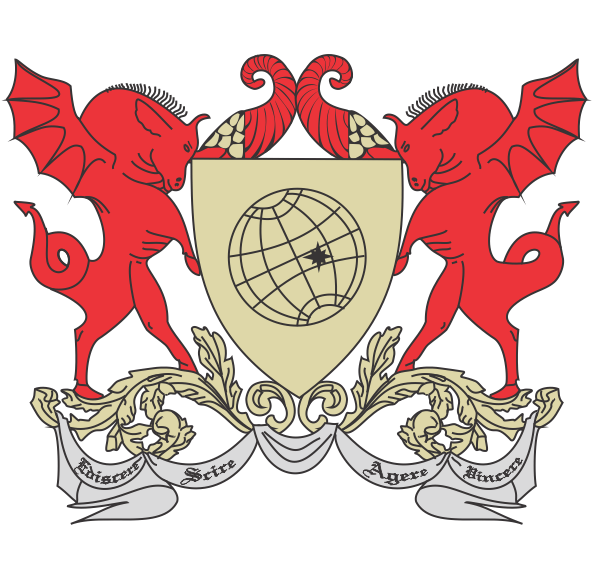

Symbiotic Speciation: Concepts, Causes and Consequences
"Especiação simbionte: conceitos, causas e consequências"
Wolfgang J. Miller
Laboratories of Genome Dynamics, Center of Anatomy and Cell Biology,
Medical University of Vienna, Vienna, Austria;
Current standard models of speciation disregard potential impacts of microbial reproductive
tract symbionts fostering host speciation. Based on numerous theoretical models but limited
experimental data, prime candidates driving symbiotic speciation in arthropods are
intracellular bacteria belonging to the genus Wolbachia. They are inherited symbionts of
many arthropods capable of manipulating host reproductive biology for their own benefits.
However, it is an ongoing debate as to whether or not reproductive symbionts are capable
of triggering host speciation in nature and if so, to what extent (COYNE & ORR 2004).
Hence we applied the classic model system of symbiotic speciation manifest in neotropical
Drosophila paulistorum semispecies by means of present-day molecular approaches and
artificial symbiont-depletion experiments. This superspecies, consisting of at least six
reproductively isolated semispecies, has been the object of attention of an array of
researchers since at least 1955, when it was initially trapped mid-evolution in flagrant statu
nascendi (DOBZHANSKY & SPASSKY 1959). In this system it has been proposed that
microbial endosymbionts foster incipient speciation (KERNAGHAN & EHRMAN 1970).
We have recently demonstrated the α-proteobacteria Wolbachia as the maternally
transmitted core endosymbiont of D. paulistorum semispecies that presently foster
symbiotic speciation by triggering pre- and postmating isolation mechanisms (MILLER ET AL.
2010; MILLER & SCHNEIDER 2012). Here we will report on (i) the impact of Wolbachia on
driving artificial de novo reproductive isolation in D. paulistorum, (ii) their effects on host
pheromone expression patterns and sexual behaviour, and (iii) unorthodox transmission
modes of mitochondria in hybrids.
Finally we will introduce a second symbiotic speciation system in statu nascendi, i.e., the
Glossina morsitans species group of tsetse flies, where conspecific but incompatible
Wolbachia infections trigger postmating isolation in nature (SCHNEIDER ET AL. 2012).
Bibliography
-
Coyne JA, Orr HA (2004) Speciation. Sunderland, MA: Sinauer Associates. 545 p.
-
Dobzhansky T, Spassky B (1959) Proc Natl Acad Sci U S A 45:419-428.
-
Kernaghan RP and Ehrman L (1970) Science 169:63-64.
-
Miller WJ, Ehrman L, Schneider D (2010) PLoS Pathogens 6(12):e1000927.
-
Miller WJ, Schneider D (2012). Host Manipulation By Parasites. OUP pp. 119-137.
-
Schneider DI, et.al. (2012) J. Inv. Pathol. - Apr 10. [Epub ahead of print].